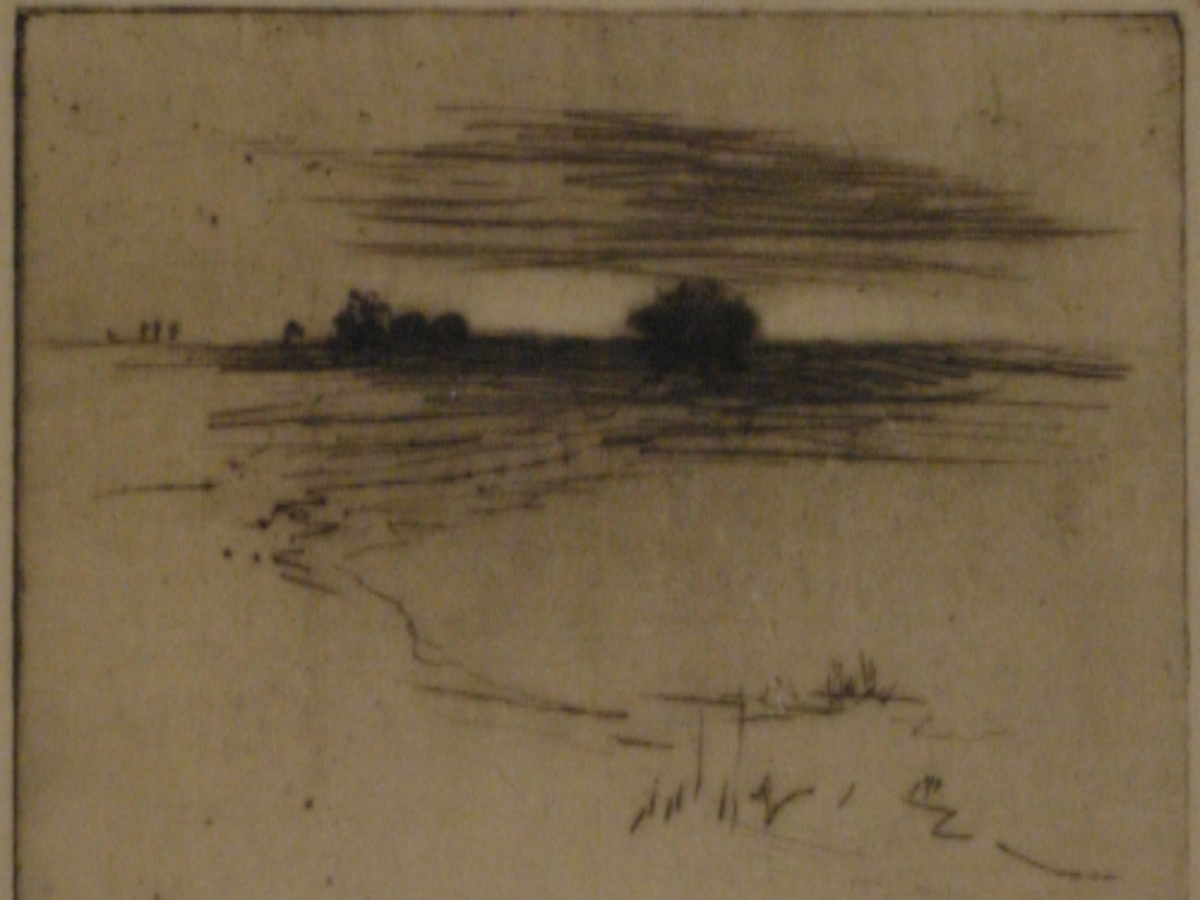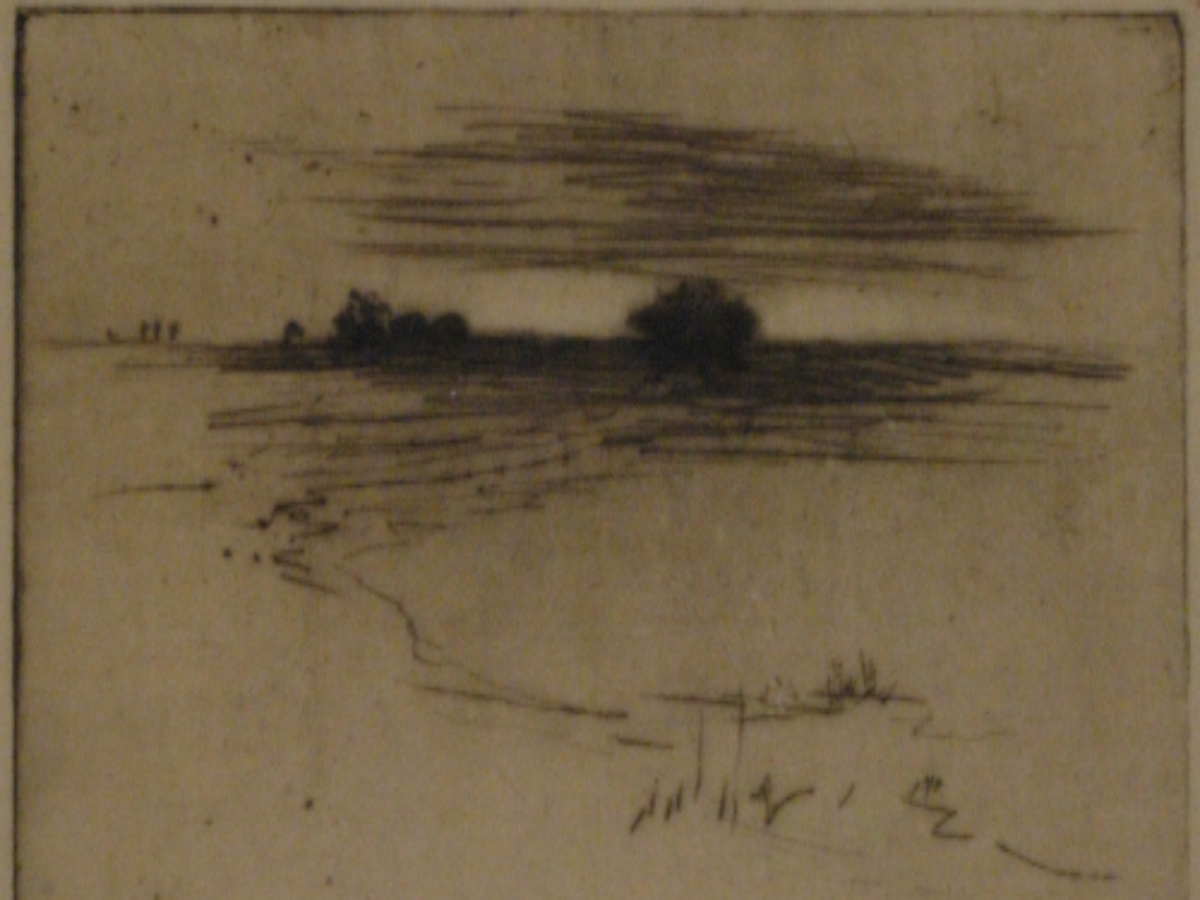State
Tribe Name
Art Type
short description
This exquisite print,' Santhal Village', is by Mukul Chandra Dey, whose name is often hailed as the first dry-point etcher in India. It tells the stories about the day-to-day life, traditions, and environment of one of the largest indigenous tribes of India- the Santhals. The work bears the trademark of the printmaker: it is elaborate in details, delicate in shading, and has a sense of depth indistinguishable from the rural landscape of Bengal.
Thumbnail

Filter Postion
Right
Filter Background
Off
Theme
Filter Header Image

content
Image

description
This exquisite print,' Santhal Village', is by Mukul Chandra Dey, whose name is often hailed as the first dry-point etcher in India. It tells the stories about the day-to-day life, traditions, and environment of one of the largest indigenous tribes of India- the Santhals. The work bears the trademark of the printmaker: it is elaborate in details, delicate in shading, and has a sense of depth indistinguishable from the rural landscape of Bengal.
Mukul Dey's huge collection of virtually 390 works in the National Gallery of Modern Art includes sketches, drawings, prints, etc. Many of his works feature eminent persons, Indian landscapes, folk culture, and religious tales. Dey's artistic idiom was mainly influenced by his years in Santiniketan under Rabindranath Tagore.
Renowned for living such magnificent living experiences are Inhabitants of the western parts including West Bengal, Jharkhand, Bihar, and Odisha. They are known widely as the Santhal tribe.. These include folk songs and really vibrant and intimate life within the context of community tradition. This particular print stands for the fusion of Western print-making techniques and Indian themes thus bequeathing art with the Santhals' lifestyle.
Mukul Dey's huge collection of virtually 390 works in the National Gallery of Modern Art includes sketches, drawings, prints, etc. Many of his works feature eminent persons, Indian landscapes, folk culture, and religious tales. Dey's artistic idiom was mainly influenced by his years in Santiniketan under Rabindranath Tagore.
Renowned for living such magnificent living experiences are Inhabitants of the western parts including West Bengal, Jharkhand, Bihar, and Odisha. They are known widely as the Santhal tribe.. These include folk songs and really vibrant and intimate life within the context of community tradition. This particular print stands for the fusion of Western print-making techniques and Indian themes thus bequeathing art with the Santhals' lifestyle.
Image Mode
landscape
promoted
Off
Verified
Off
